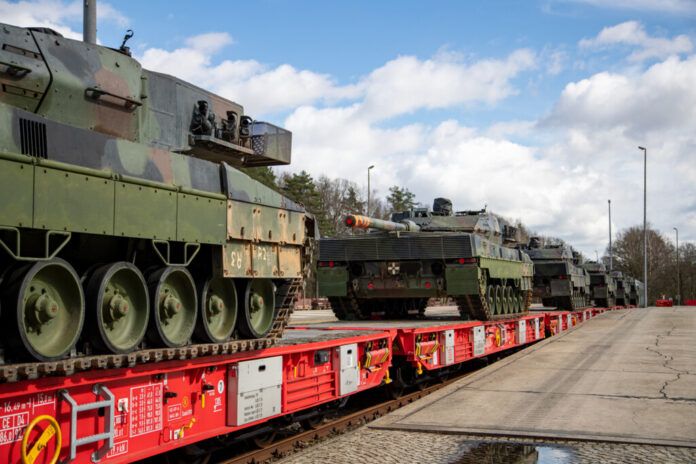
As the American 2024 Presidential Election draws near, some politicians have made comments advocating for a scaling-back of US military aid to Ukraine. But how has this aid been put to use in the past? What ramifications does an end-to-aid entail? Is the rest of NATO pulling its weight? What does America gain from giving aid? And is the current scale of aid as big a burden on the treasury and military as some would have the populous believe?
Past Use of Military Aid
Early Days
U.S. military aid to Ukraine has steadily hiked in the notoriety and complexity of the weapons systems provided. In the first days of the invasion, the assistance was largely in the form of the famed Javelin and NLAW anti-tank weapons. The Ukrainian military was suddenly equipped with the best in NATO anti-tank weaponry, an asset that proved absolutely critical in blunting the bounding advances of Russian tank battalions in the opening days. Images of T-72, T-80, and T-90 tanks having been obliterated by Western missiles flooded the internet for weeks.

Donbass Offensive
Later, as the front lines solidified, the Russian military withdrew from the north of Ukraine. By April 2022, the fighting became concentrated in the Donbas region of Ukraine. Here, the Russian Army fell back on what it did best: artillery. Using absolutely gargantuan volumes of artillery, the Russian Army managed to push Ukraine out of its holdings in the Luhansk Oblast. They planned to take the Donetsk Oblast as well but were suddenly crippled by a new U.S. weapon that had arrived in Ukraine: the famous HIMARS system. Capable of short to medium-range strikes with pinpoint accuracy, Russian artillery ammunition depots went up in flames left, right, and center. So, without enough shells for a sustained offensive, the Russians decided to slow down for a time.
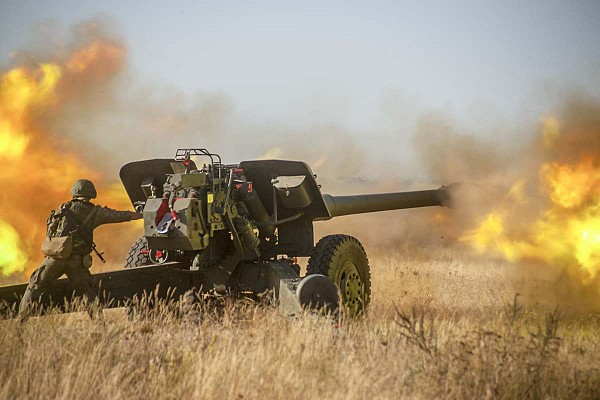
By September 2022, the Ukrainians had received quite the array of lighter Western vehicles, with U.S.-made “Humvees” and “Maxxpros” heavily supplementing old Soviet-era wheeled vehicles in Ukrainian service. These vehicles were then used to spearhead a 40-mile “lightning offensive” into the occupied portion of the Kharkiv Oblast, proving too fast for many Russian systems to hit. In addition, HIMARS saw heavy use cutting off Russian logistical arteries over the Dnipro River during the grinding Kherson campaign.
A relatively recent look at Ukraine’s front lines. Source: Bloomburg/Institute for the Study of War
Potential ramifications of ending aid
The Chinese Threat
One of the chief criticisms of the United States continued support for Ukraine’s war effort is a perceived need to militarily focus on the Pacific theater. More specifically, the People’s Republic of China’s increasing hostility. However, a strong argument can be made that continued support of Ukraine serves to deter the PRC. Not just from any incursions on its South China Sea neighbors’ territories but, more pressingly, the sovereignty of Taiwan. If the United States were to cease support for Ukraine, what kind of a message would we send to war hawks in China’s government? We undoubtedly will have sent a message of weakness. One said China could simply wait for a conflict with a neighbor. One that said the United States and its “decadent” population would eventually tire of defending freedom. That is a very dangerous message, indeed.

Relations with existing and potential allies
Ukraine
An additional consequence of a halt to the United States’ support of Ukraine would be the feeling of betrayal that would be held (fairly, I might add) by Ukraine. It isn’t necessary to state that a stop to “lend-lease” for Ukraine would severely sour relations between our two countries. If we were to suddenly cease support for our Ukrainian allies, public opinion of the U.S. in that country would invariably drop significantly. This could potentially affect Ukraine’s future NATO membership. The eastern European country’s ascension to full NATO membership would be a massive boon for the alliance as a whole. It boasts a hefty agricultural sector, and most importantly, a powerful military. The Ukrainian Armed Forces have deep reserves of war materiel in a number of departments, and even before Russian incursions into the country in March 2014, maintained a relatively large peacetime size.
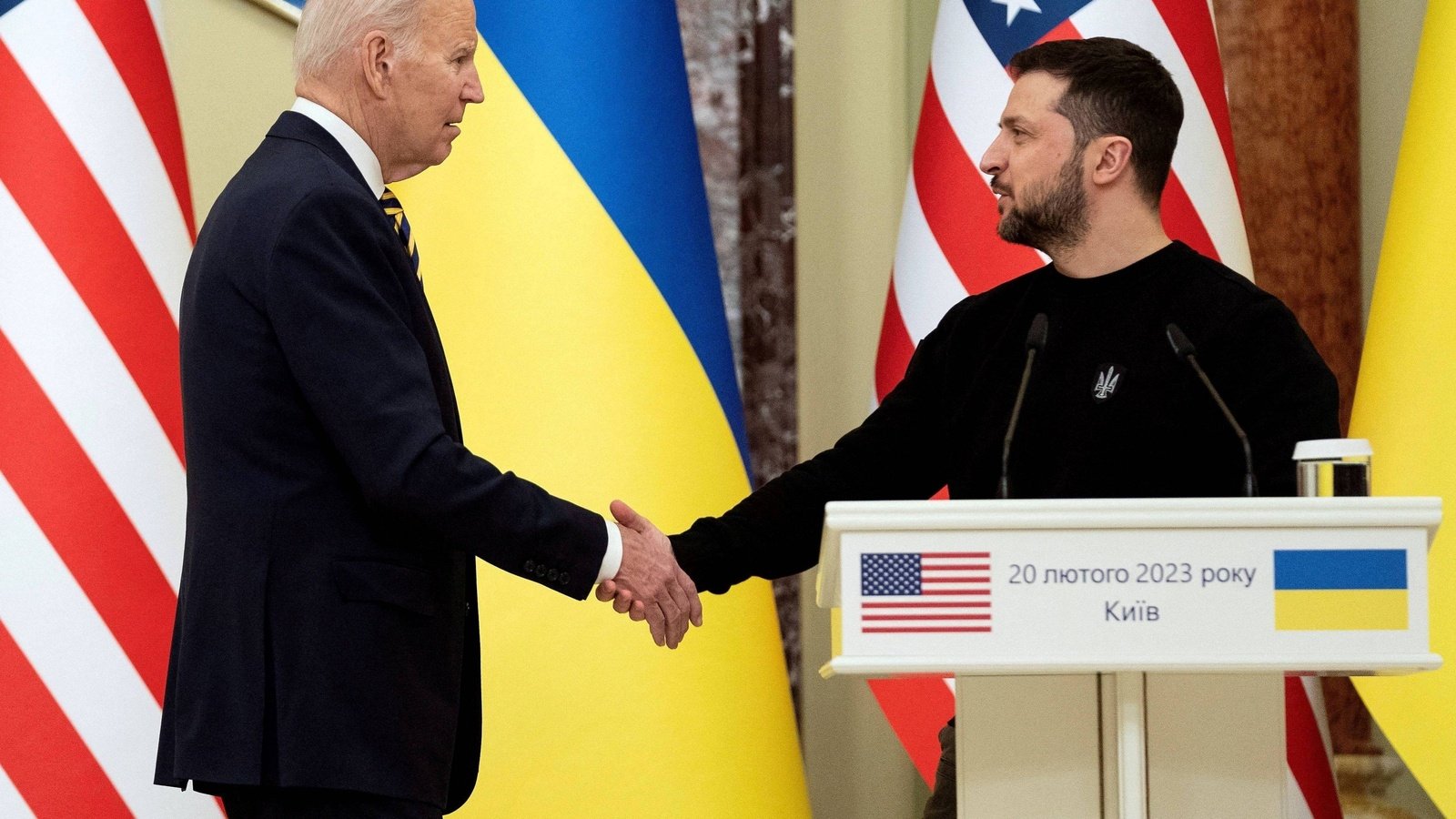
NATO
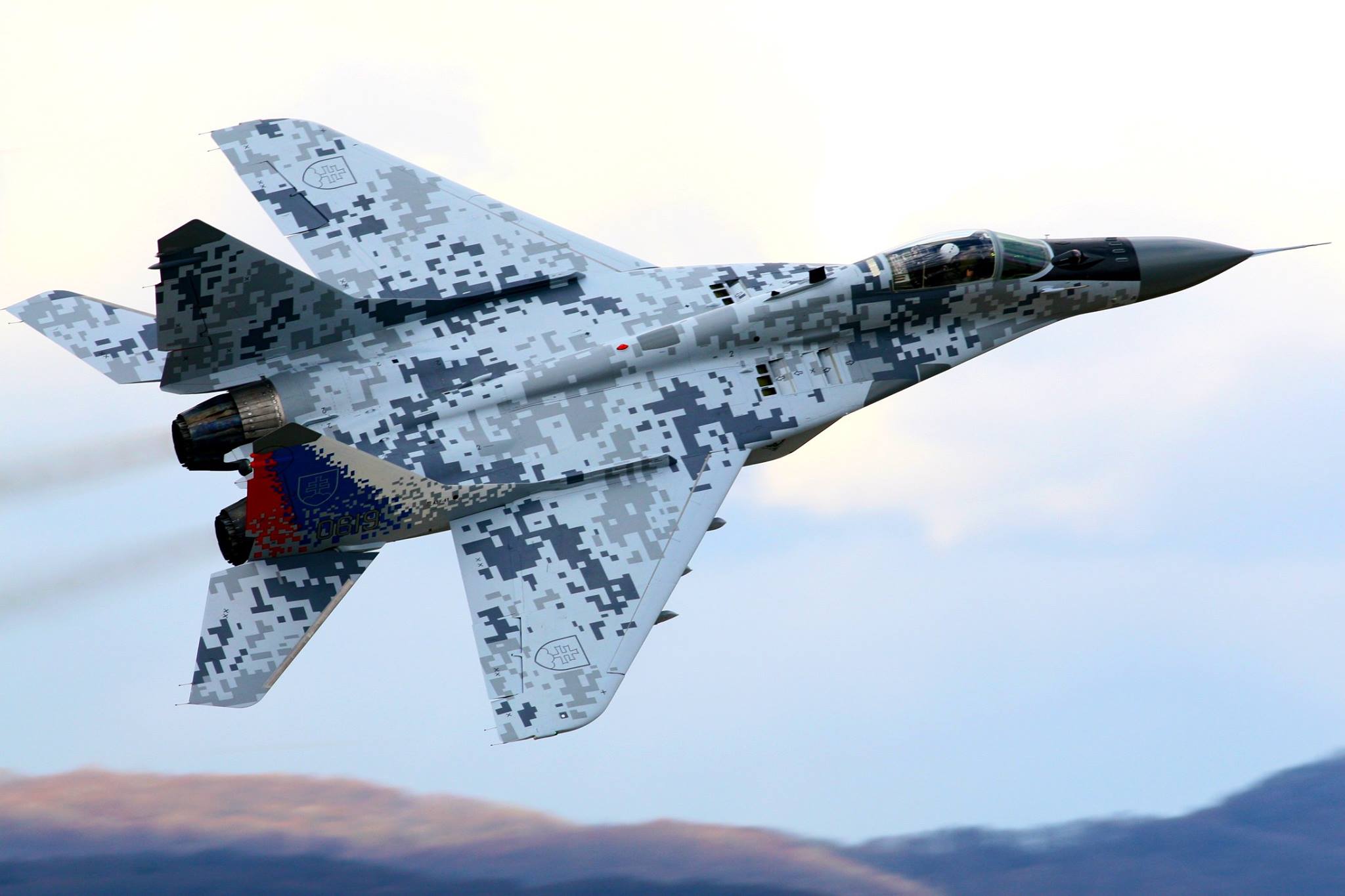
Perhaps more immediately felt would be the effect on relations with existing NATO allies. NATO countries as small as Slovakia have contributed massive amounts to Ukraine for their size. How are those nations going to feel when the biggest country in the alliance suddenly turns on a dime, leaving Ukraine to make a disadvantageous peace deal with Russia? Would that not make their contributions worth nothing? No doubt, the idea of halting support for Ukraine would severely stress NATO internally.Other potential partners
An obvious message in the form of a stop to Ukrainian aid would be sent to potential partners the world over. Take Asia. China has made a fair few enemies in the region, just in the past few decades. But by far the largest enemy the CCP has made is India. China and India have, for decades now, fought border skirmishes, ranging in intensity from “beating each other with sticks” to “Chinese and Indian tanks openly trade fire”. So it’s no surprise one of India’s most promising potential supporters is the United States. A mutual interest in containing China naturally brings our two nations closer. So, to nations such as India, an end to U.S. support for Ukraine signals a lack of commitment and suggests that, at any moment, the U.S. might just pull a 180-degree turn on foreign policy, making America a difficult ally to trust.
Are the smaller NATO nations pulling their weight?
A common gripe regarding American support for Ukraine is that the rest of NATO doesn’t contribute their share. Let’s take a look at some European NATO nations’ contributions to the Ukrainian war effort:
Czechia
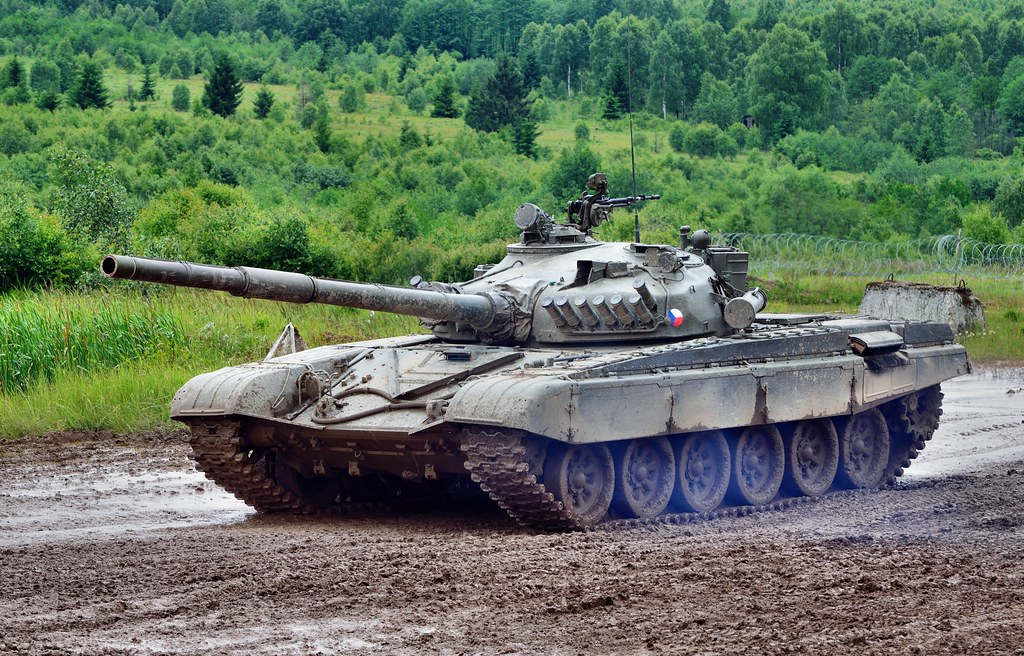
Formerly known until 1992 as Czechoslovakia, the nation of Czechia joined NATO in 1999 soon after gaining its freedom for the Eastern Bloc. Having inherited an unusually large arms industry for its size, in the form of various defense firms and remnants of Soviet-era factories, Czechia was among the first to donate tanks to Ukraine, sending 40 old T-72M1 tanks to Ukraine early in the war, and have since bumped that number up to around 90. Donations of a small number of Soviet-era attack helicopters are significant, as well. Additionally, the Czechs have set up tank repair facilities, helping keep Ukraine’s existing tank fleet in good shape.
Slovakia
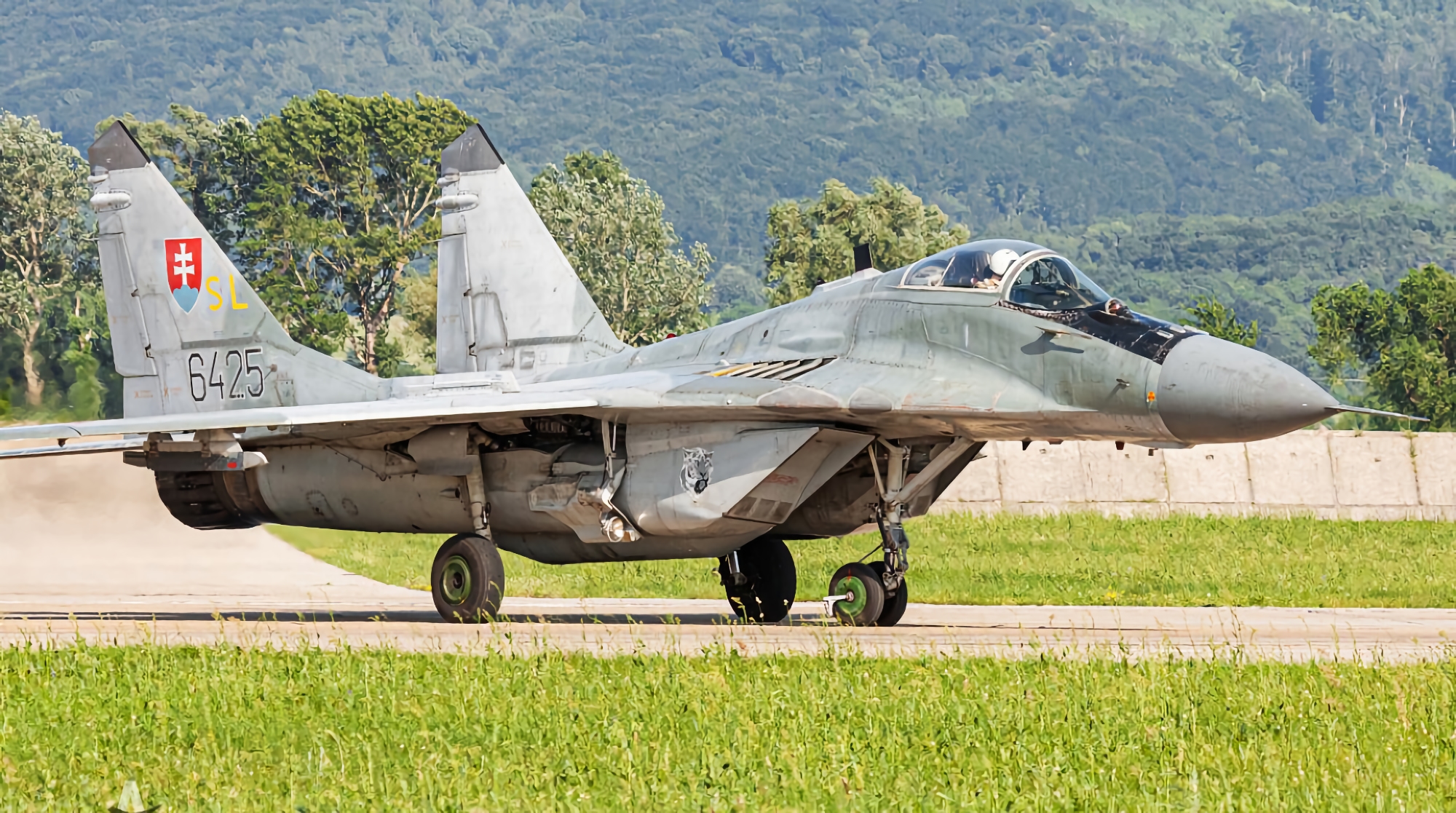
Having only gained independence in 1992, Slovakia joined NATO slightly after its brother nation of Czechia in 2004. Having recognized that no nation other than Russia poses a real threat to the small country, Slovakian leadership has proven extremely willing to punch well above the country’s weight regarding donations to Ukraine. The most shining example of this was the April 2023 announcement that the entire Slovak MiG-29 fleet of 13 fighter jets would be donated to Ukraine. On top of this, the Slovakians have made available 30 T-72M1 tanks (the entirety of their T-72 inventory) to Ukraine.Poland
Poland’s contributions to Ukraine are hard to understate. Poland, having joined NATO in 1999, has always been a “wildcard” of sorts when it comes to the alliance. Often strongly clashing politically with other members of NATO, Poland has nonetheless proven itself an absolutely crucial part of defending NATO’s eastern flank. And the 2022 invasion of Ukraine only drove that point home. Almost immediately, hundreds of tanks in Polish depots started “disappearing” and then magically showing up in Ukraine. Pretty cool magic trick if you ask me. The same happened with MiG-29 fighter jets and all sorts of other pieces of equipment the Polish Army had lying around. Pound for pound, Poland has donated a truly massive amount of equipment to Ukraine, and only continues ramping up donations, alongside a massive military buildup of its own.
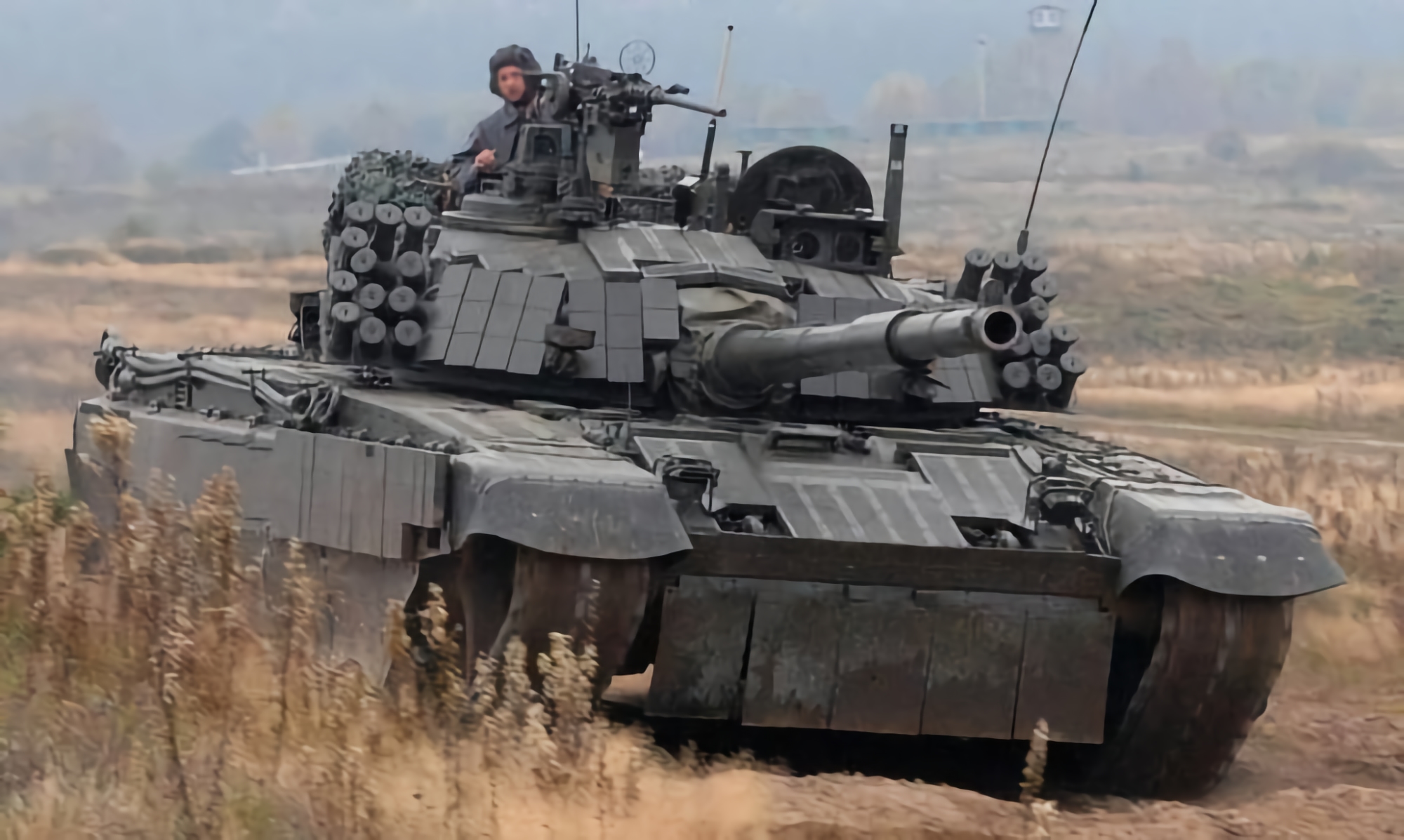
What does America gain from giving aid?
Often, critics of aid to Ukraine simply say “What is there to be gained”. Allow me to answer that question, and provide some background for why we launched ourselves into this policy in the first place.
Why we started support
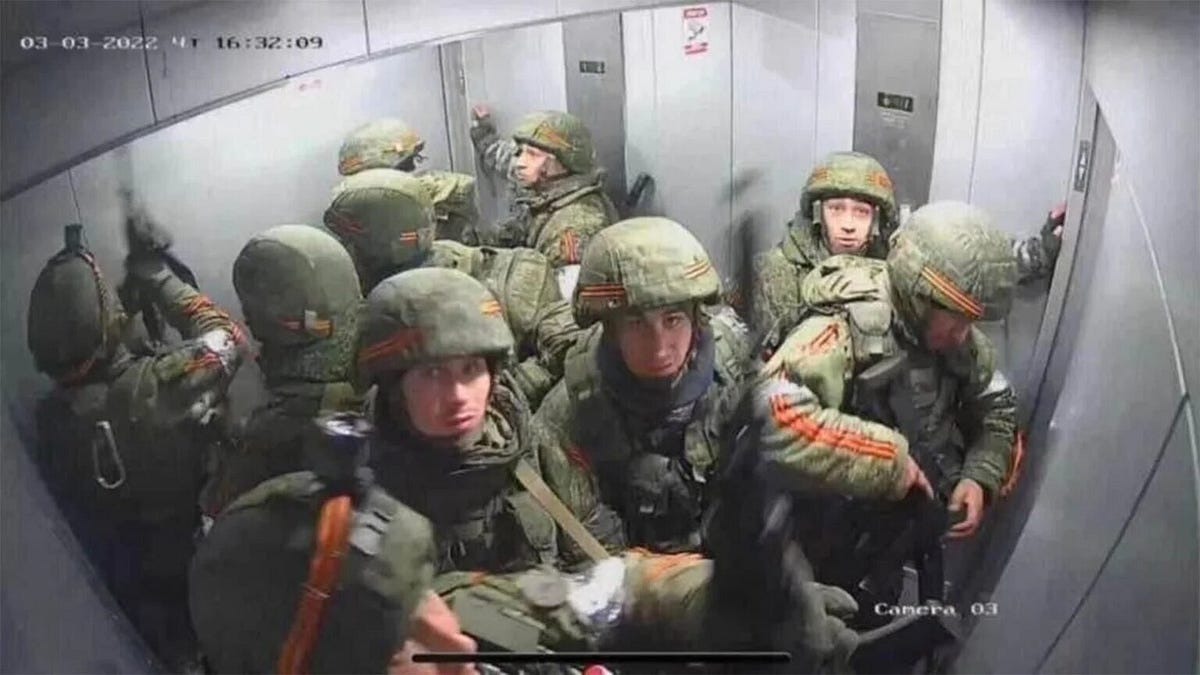
To me, both the reasons for and benefits of American aid to Ukraine are obvious. The main reason we have embarked on this quest to arm Ukrainian soldiers to the teeth is that on February 24, 2022, Vladimir Putin and his cronies decided “glory for Russia” and shiny medals pinned to their chests were worth more than the lives of Ukrainian civilians and soldiers (and Russian soldiers for that matter). Nothing Russia can say or do will justify the invasion of a functioning (if young) democracy.
The benefits of aid
The benefits are also relatively obvious. By helping blunt Russian aggression in Ukraine, we have the potential to not just cripple the Russian Army but to deal it what practically amounts to a death blow. Russia will, for at least the next several decades, pose no existential threat to Europe. I might go so far as to say Russia would never, barring some demographic miracle, ever be a world power again, which would be a massive relief to any nation with even the smallest border with Russia.
The true cost
By far the most common criticism of American aid to Ukraine is simply the cost to the U.S. taxpayer. The argument, at its core, is that the United States, in the current state of its economy, just shouldn’t be wasting billions of dollars. But the cost of arming Ukraine is much lower than the Department of Defense may make it seem.
Importance of phrasing
In fact, my main criticism of the DoD’s handling of the Biden Administration’s policy is the method by which they announce aid packages. They announce aid packages in dollar values. But this is highly misleading. It’s misleading because the price tag of a brand new M1A2 SEP-V3 super-ultra-mega-awesome main battle tank is not the same as one that is 20 years old. And even more significantly, just because a system with a given price tag is announced doesn’t mean the treasury has just lost that amount of money. This is because the vast majority of systems announced are old assets that have already been paid for, and whose capabilities the U.S. Army does not see as strictly necessary anyways.

Cost to the taxpayers
None of the systems donated to Ukraine (in the quantities that they were sent in) were needed by the U.S. military, else we would not have sent them. The military had already gotten its money’s worth from them, and there was no point in keeping them around, eating up money in the form of maintenance or the cost of scrapping them. To illustrate this, imagine a 15-20 year old car. That thing is a nightmare to keep running because no matter how many fancy modifications you tack on, the car is still 20 years old.
Now, instead of 20 years old, imagine the car is 50, and instead of a car, it’s a multi-million dollar armored fighting vehicle that requires orders of magnitude more maintenance. It’s easy to imagine how much of a drag keeping thousands around might be. So retiring, or in this case, donating them will end up costing less, freeing up the manpower in charge of maintaining the vehicles, the money associated with upkeep, and storage facilities. If the US were to lower the budget for maintenance on these vehicles, decay, and wear would quickly ensue. It only makes sense to send the vehicles.

Efficacy
Much has been made of western tanks and APCs being destroyed by minefields and artillery early in the Ukrainian counteroffensive. But have the Ukrainians really been that negligent in their use of western vehicles? Or have they experienced casualties any military in its position would take?
The tough reality of this conflict is that resounding, rapid victories cannot be regarded as a given anymore. The chaotic Russian retreats from Kyiv and Kharkiv are not in any way 100% indicative of future success. Those victories were before Russia’s mobilization. While said mobilization has been a logistical circus, it has nonetheless resulted in Russian units finally having the manpower they so desperately needed in those early months. Additionally, the Russians have had months to build truly impressive defenses, most importantly minefields. For hundreds of miles, a massive minefield stretches, in most areas being over a mile thick, with landmines being incredibly densely packed in front of villages like Robotyne. These defenses have become known as the “Surovikin Line”, named for Russia’s former head of the “Special Military Operation”, Sergei Surovikin.
So then why would the Ukrainians throw precious western equipment into these hard defenses? Well, the short answer is that they made a mistake, and learned. The vast majority of western vehicle losses have occurred at the very beginning of this offensive, with losses of Leopard tanks and other vehicles dropping off dramatically. It appears the Ukrainians underestimated Russian defenses early in the counteroffensive, exemplified by the famous incident pictured below. But they learned. They quickly abandoned the attempts to rapidly break the Russian defenses that resulted in heavy casualties. Instead, a more Soviet-style grinding approach was adopted. And it is this approach that has brought them so much success at places like Robotyne, where they have broken through two thirds of the Surovikin Line. Once they are through the line, it is then that the Leopards and Bradleys can shine, unhindered by mines.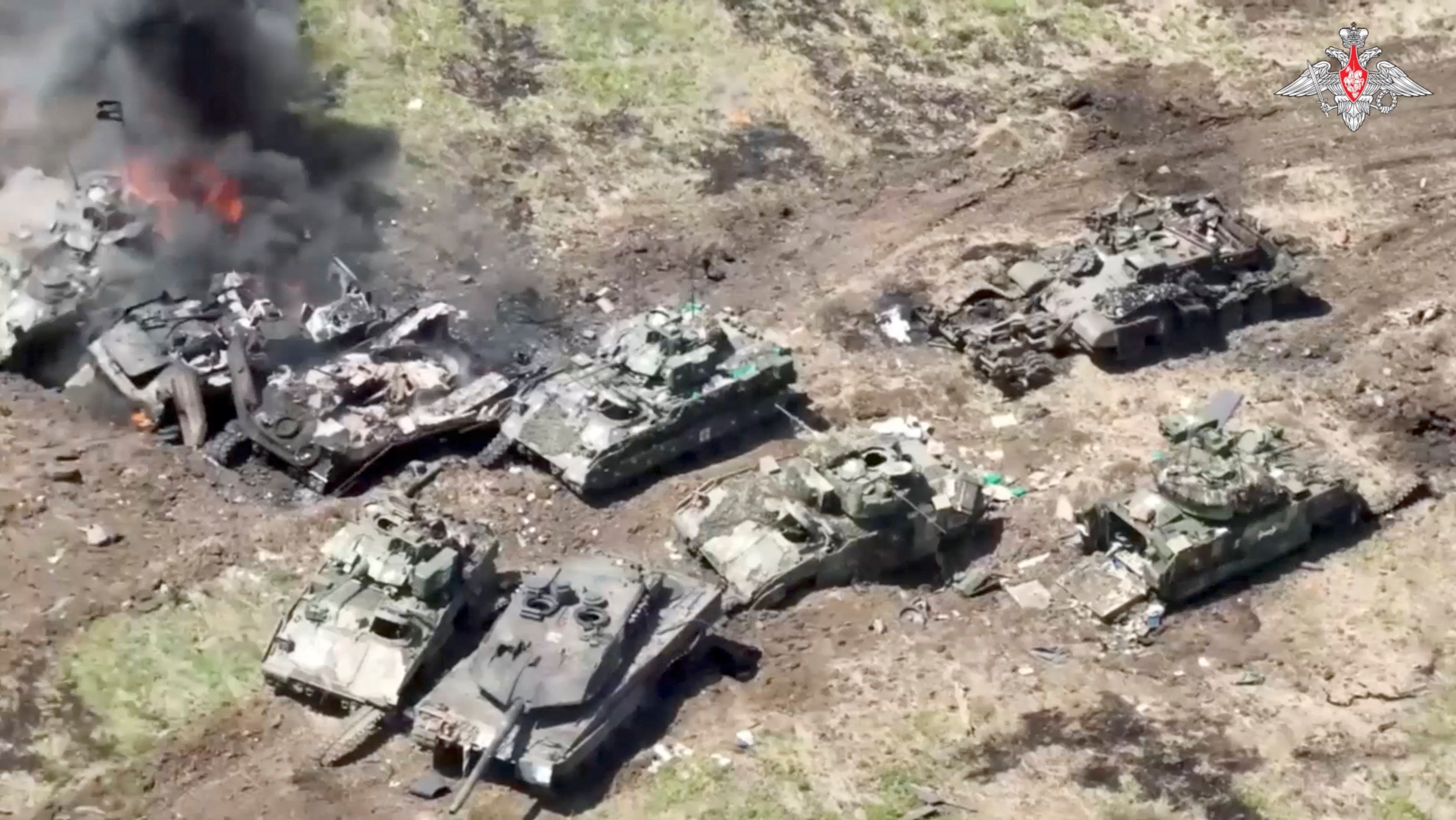 A famous instance of western vehicles being destroyed. The Russian propaganda machine went into overdrive with this destroyed column, with U.S. Secretary of Defense Loyd Austin joking that the Russians “showed about 50 angles of the same photo.” Source: Reuters
A famous instance of western vehicles being destroyed. The Russian propaganda machine went into overdrive with this destroyed column, with U.S. Secretary of Defense Loyd Austin joking that the Russians “showed about 50 angles of the same photo.” Source: Reuters
Conclusion
In my view, the United States should continue aiding Ukraine in its war effort at the current scale for the remainder of active hostilities. For the purposes of defending freedom, destroying Putin’s brutal regime once and for all, containing China, and improving relations with potential allies, the U.S. must follow through with its promise to help Ukraine for as long as it takes.






